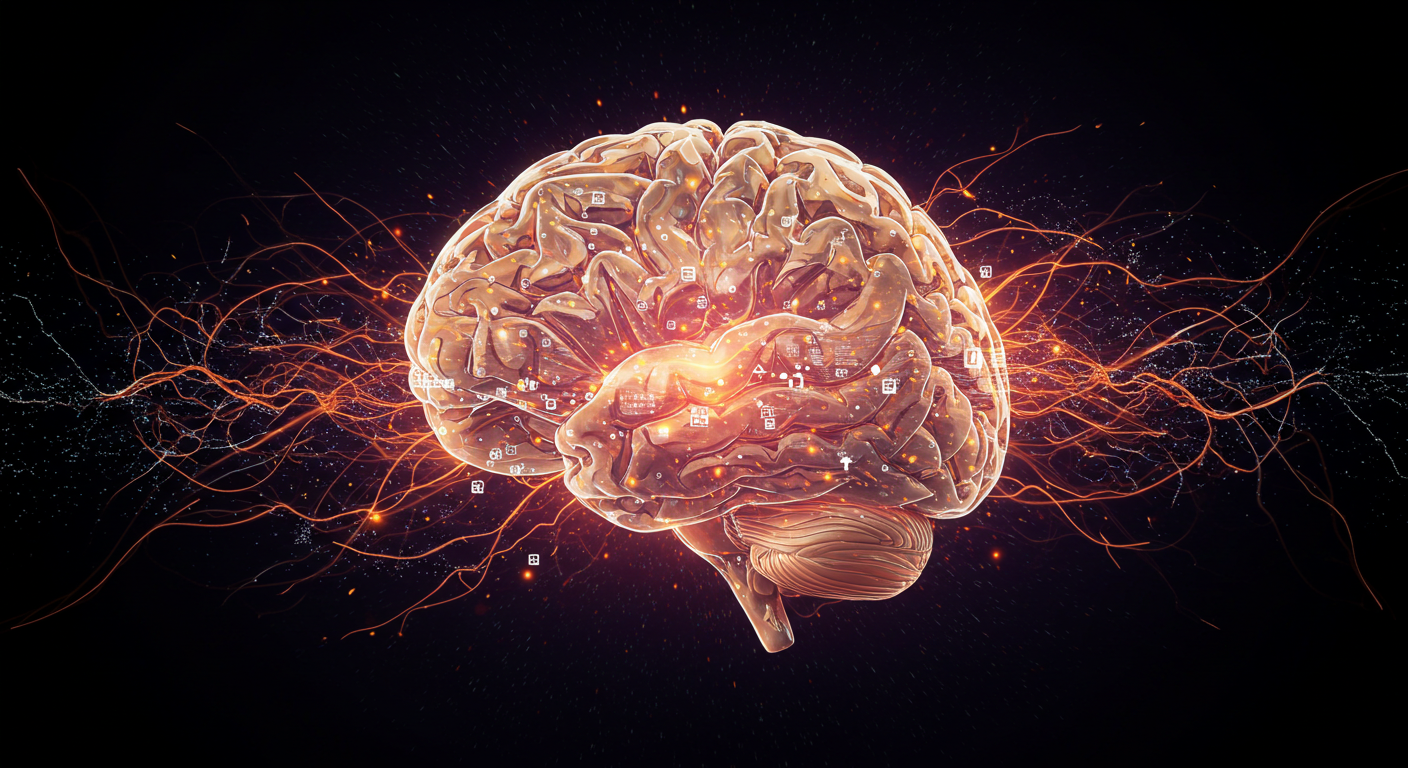In this article, we will solve the problem of determining the remaining moles of reactants and products when 1150g of ethanol (C₂H₅OH) reacts with 672L of oxygen (O₂) under standard conditions. We will also calculate the amounts of carbon dioxide (CO₂) and water (H₂O) produced. Let’s go step by step to understand the solution to this chemistry problem.
Step 1: Write the Balanced Chemical Equation
The combustion of ethanol can be represented by the following balanced chemical equation:
C₂H₅OH + 3O₂ → 2CO₂ + 3H₂O
This shows that one mole of ethanol reacts with three moles of oxygen to produce two moles of carbon dioxide and three moles of water.
Step 2: Convert Mass of Ethanol to Moles
To calculate how much ethanol reacts, we need to convert the given mass of ethanol into moles. The molecular weight of ethanol (C₂H₅OH) is calculated as follows:
C (12) × 2 + H (1) × 6 + O (16) = 46 g/mol
Now, we can find the number of moles of ethanol:
1150 g ÷ 46 g/mol = 25 mol of ethanol
Step 3: Convert Volume of Oxygen to Moles
Next, we convert the volume of oxygen to moles. At standard temperature and pressure (STP), 1 mole of any gas occupies 22.4L. Therefore, the moles of oxygen can be calculated as:
672 L ÷ 22.4 L/mol = 30 mol of oxygen
Step 4: Determine the Limiting Reactant
To determine which reactant is limiting, we need to compare the mole ratio from the balanced equation with the available moles of each reactant. According to the equation, 1 mole of ethanol reacts with 3 moles of oxygen. So, for 25 moles of ethanol, the required amount of oxygen is:
25 mol of ethanol × 3 mol of O₂/mol of ethanol = 75 mol of oxygen
However, only 30 moles of oxygen are available, so oxygen is the limiting reactant.
Step 5: Calculate the Remaining Reactants and Products
Since oxygen is the limiting reactant, we will calculate how much ethanol is used and how much of each product is formed based on the available 30 moles of oxygen.
From the balanced equation, 3 moles of oxygen react with 1 mole of ethanol. Therefore, for 30 moles of oxygen, the number of moles of ethanol required is:
30 mol of O₂ × 1 mol of C₂H₅OH / 3 mol of O₂ = 10 mol of ethanol
This means that 10 moles of ethanol react, and the remaining ethanol is:
25 mol of ethanol – 10 mol of ethanol = 15 mol of ethanol left
Now, let’s calculate the products formed. From the balanced equation, 3 moles of oxygen produce 2 moles of carbon dioxide. So, for 30 moles of oxygen, the moles of carbon dioxide produced are:
30 mol of O₂ × 2 mol of CO₂ / 3 mol of O₂ = 20 mol of CO₂
Also, 3 moles of oxygen produce 3 moles of water. So, for 30 moles of oxygen, the moles of water produced are:
30 mol of O₂ × 3 mol of H₂O / 3 mol of O₂ = 30 mol of H₂O
Conclusion: Summary of the Results
In conclusion, after the reaction between 1150g of ethanol and 672L of oxygen, we find the following:
- 15 moles of ethanol remain
- 20 moles of carbon dioxide (CO₂) are produced
- 30 moles of water (H₂O) are produced
Oxygen is the limiting reactant, and ethanol is left over after the reaction. Understanding how to calculate the limiting reactant and the products formed is an essential skill in stoichiometry and chemistry as a whole.



コメント